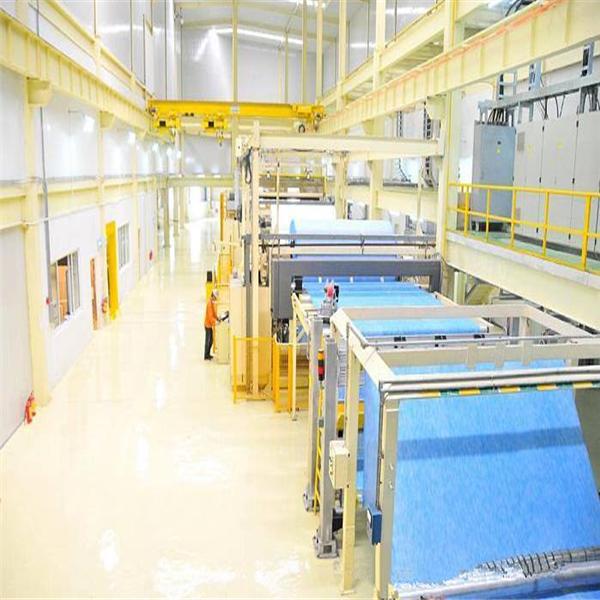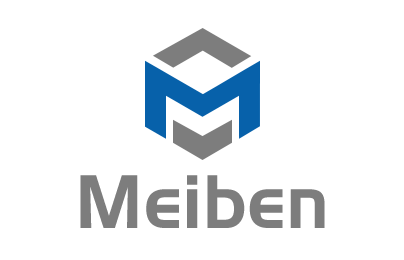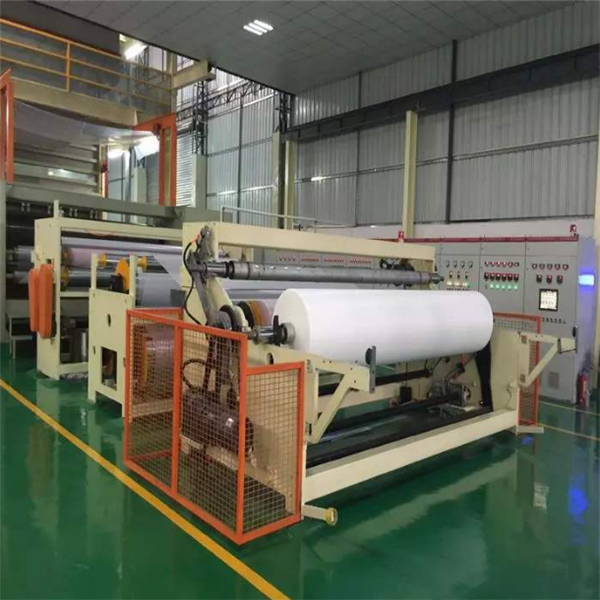Melt-blown non-woven fabrics (or “melt-blown fabrics”) are widely used in the fields of heat preservation, filtration, oil absorption, and sound insulation. Since the outbreak of the new crown pneumonia, enterprises in the industrial textile industry have produced a large number of melt-blown fabrics for masks. Ensure the supply of epidemic prevention and control materials. However, due to the rapid expansion of melt blown cloth production capacity during the epidemic, unclear and irregular labeling of melt blown cloth appeared on the market, even fake and shoddy products. In order to further regulate industry production and market circulation behavior, the China Industrial Textile Industry Association specially formulated this guide.
1. Scope
The guidelines stipulate the classification and labeling requirements for meltblown nonwovens, and are applicable to label management in the production, transportation, and trading of meltblown nonwovens.
2. Product classification and definition
Melt-blown non-woven fabric refers to a non-woven fabric formed by consolidating fiber webs manufactured by melt-blown web-forming method through one or more technologies. According to the application, it can be divided into melt-blown non-woven fabrics for masks, melt-blown non-woven fabrics for air purifiers, melt-blown non-woven fabrics for liquid filtration, melt-blown non-woven fabrics for heat preservation, and melt-blown non-woven fabrics for oil absorption. For cloth and other meltblown nonwovens, the relevant definitions are as follows.
Melt-blown non-woven fabric for masks: Melt-blown non-woven fabrics used in masks, anti-particulate respirators and other products, mainly for filtering and purifying the air inhaled by the human body.
Melt-blown non-woven fabrics for air purifiers: Melt-blown non-woven fabrics used in air conditioners, air purifiers and other products, mainly for filtering and purifying air.
Melt-blown non-woven fabrics for liquid filtration: Melt-blown non-woven fabrics used in food, beverages, chemicals, drinking water front-end filters and other products, mainly for liquid filtration and purification.
Melt-blown non-woven fabrics for thermal insulation: Melt-blown non-woven fabrics used in clothing, thermal flakes and other products, mainly for thermal insulation.
Melt-blown non-woven fabric for oil absorption: It is a melt-blown non-woven fabric used for oil-absorbing felt, oil-absorbing cord and other products.
Three, logo content
The marking content that should be attached to each packaging unit of meltblown nonwovens should include: product category, manufacturer name and address, production batch number, product specifications (mass per unit area, width, roll length, roll weight, etc.), execution Standards, production dates and shelf life, etc., different types of meltblown nonwovens should also indicate their specific indicators and index values. The specific indicators and test methods are shown in Table 1.
Note 1: The filtration efficiency and resistance index of the meltblown nonwoven fabric for masks can be selected according to the appropriate detection method in the target mask product selection table, and the selected method shall be indicated in the special index label. When using the GB/T 38413-2019 method, the pretreatment conditions, test medium type and test flow rate should also be indicated. The test flow rate should be (30 ± 2) L/min or (85 ± 2) L/min.
Note 2: Sampling requirements for special indicators of meltblown nonwovens: 1 to 2 meters away from the outermost end of the length of the coil, according to the number of samples required by the test method, uniform sampling in the width direction.
Note 3: The test methods commonly used in the industry are listed in the table. If other test methods are selected, please indicate.
Fourth, the form of the logo
The identification should adopt various forms such as ordinary identification, electronic identification, bar code, two-dimensional code, etc., and enterprises should adopt appropriate methods for anti-counterfeiting treatment of identification.
Five, identification method and material
The identification should adopt methods such as spray printing, stamping, roll printing, hanging tags, sticking labels and placing tags, etc., and one or more identification methods should be used.
The material of the logo should be hard plastic, hard paper card, paper sticky label, etc.
Six, the location of the logo
The label shall be on the initial packaging of each packaging unit and in an appropriate position inside the packaging.
Seven, logo management
In the logistics process, if the number of labels is insufficient due to incorrect operations, remedial labels should be implemented.
The logo should be eye-catching, firm and reliable, and the logo font should be clear, standardized, and not easy to fade. The pasted logo should be flat, without wrinkles, no warped corners, and pasted upright.
Post time: Nov-15-2021

